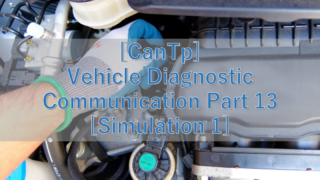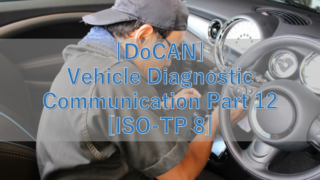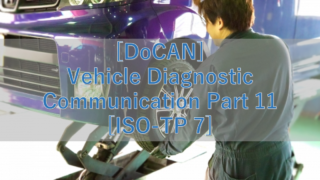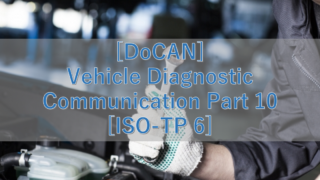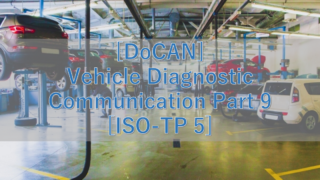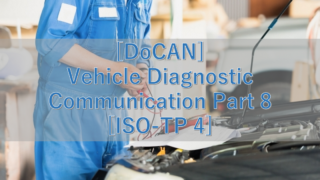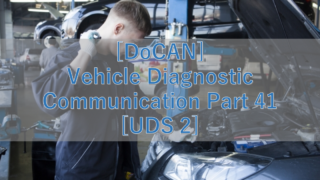 車両診断通信
車両診断通信 [DoCAN] Vehicle Diagnostic Communication Part 41 [UDS 2]
P2 time is explained with figures.P2* timeout will be explained later.S3 time is explained with figures.S3 time is explained in detail.It is difficult if you don't know the various services.

